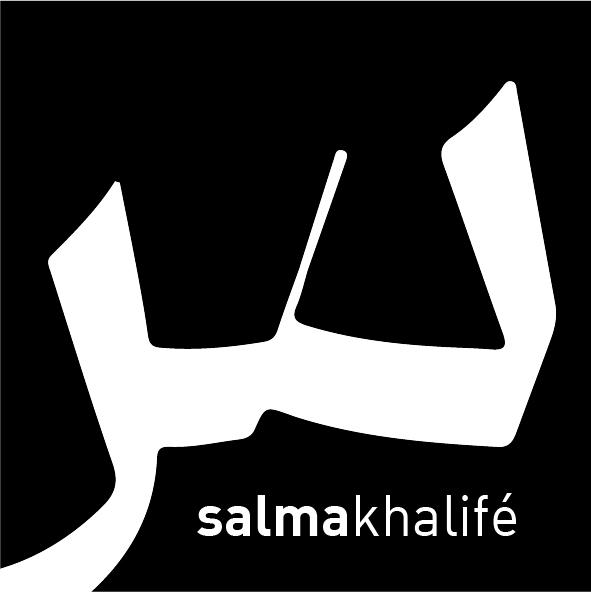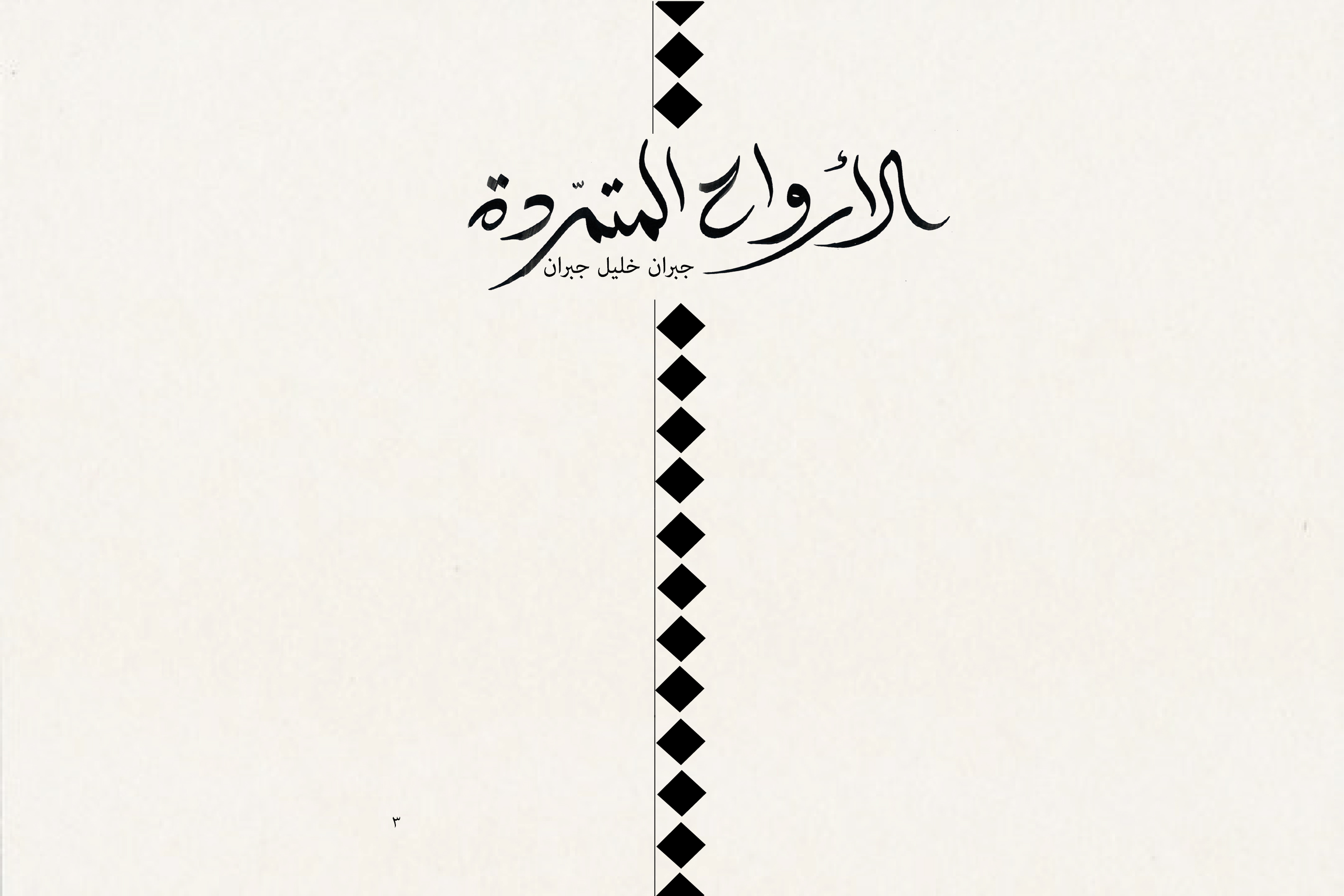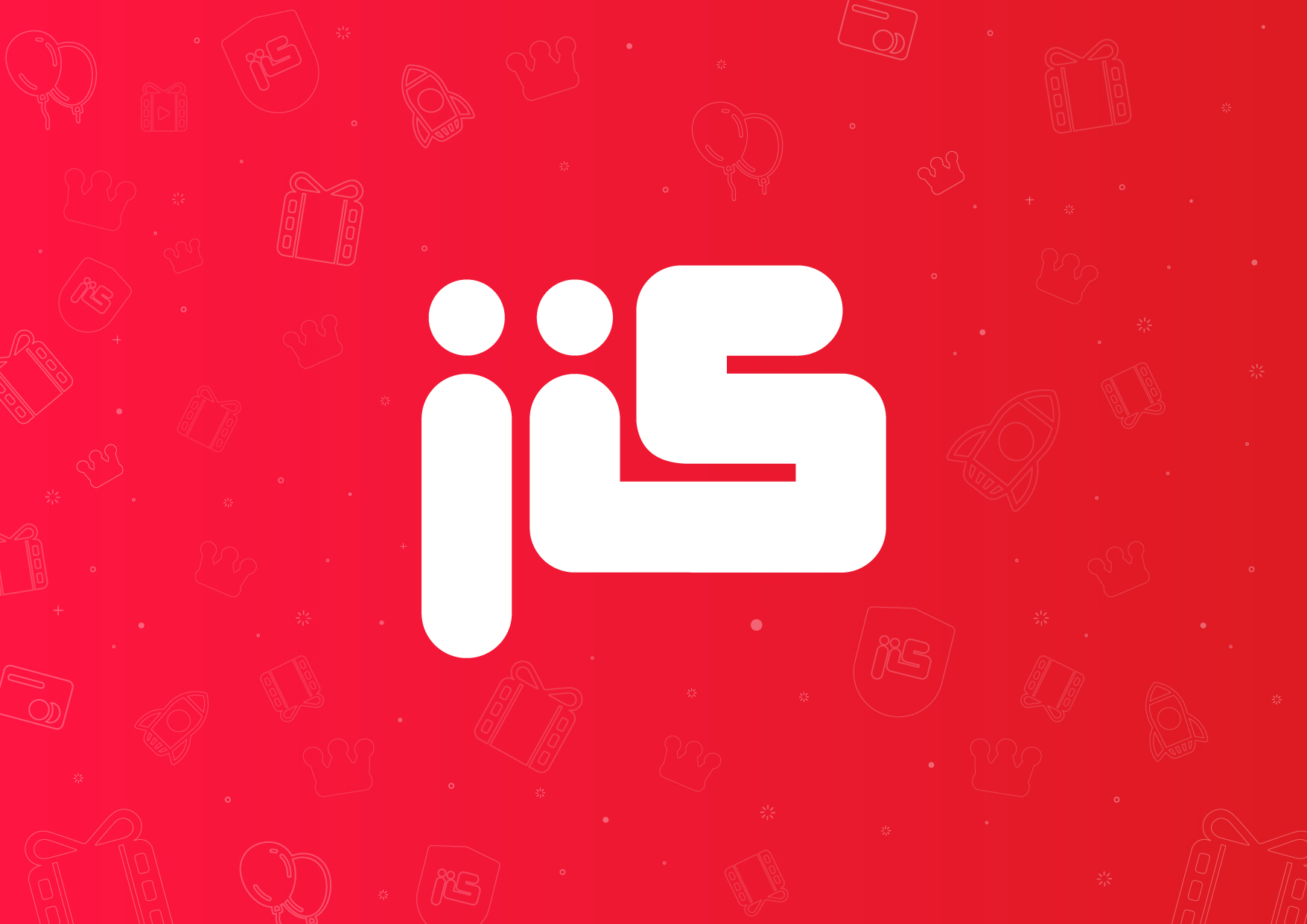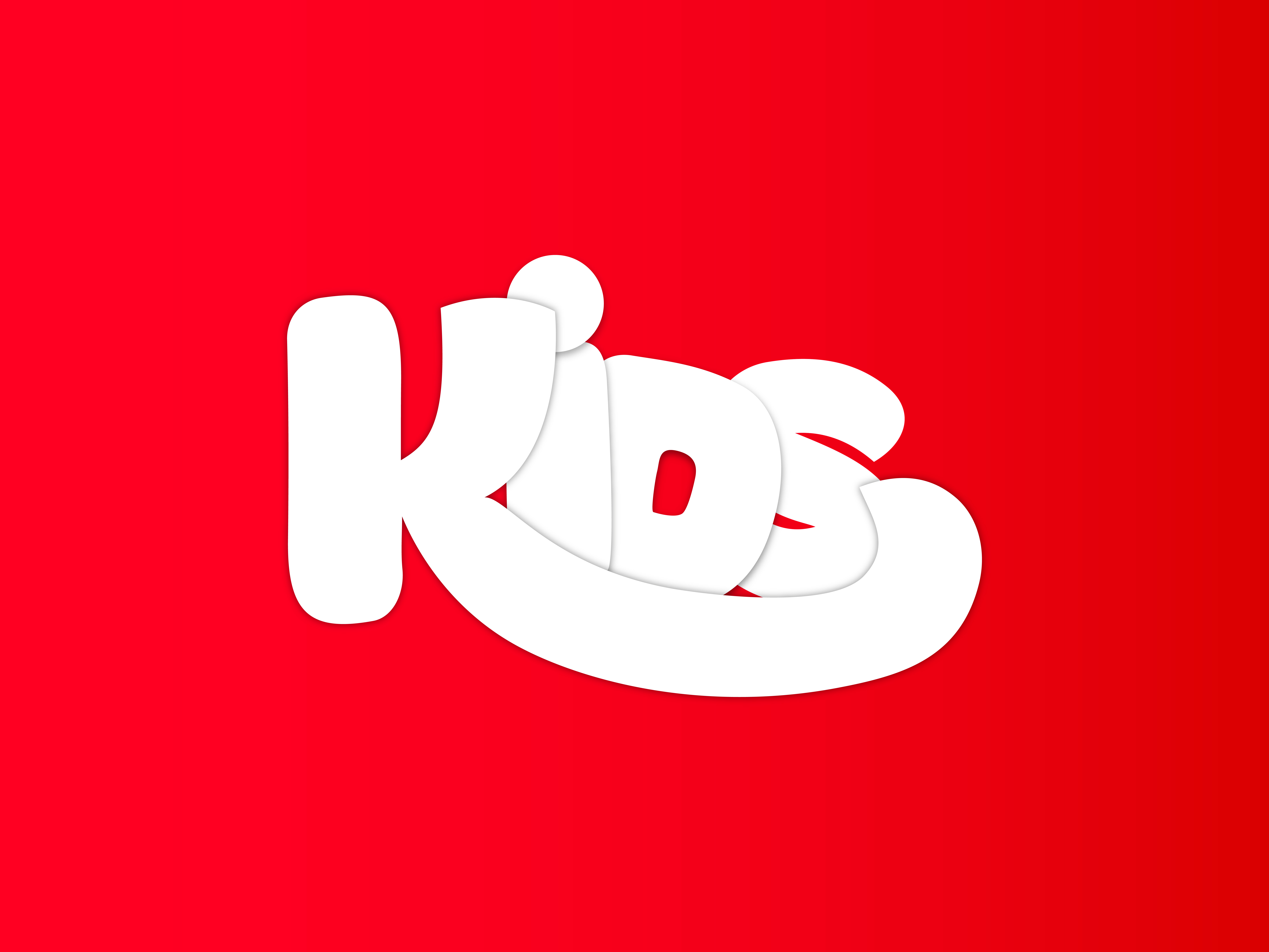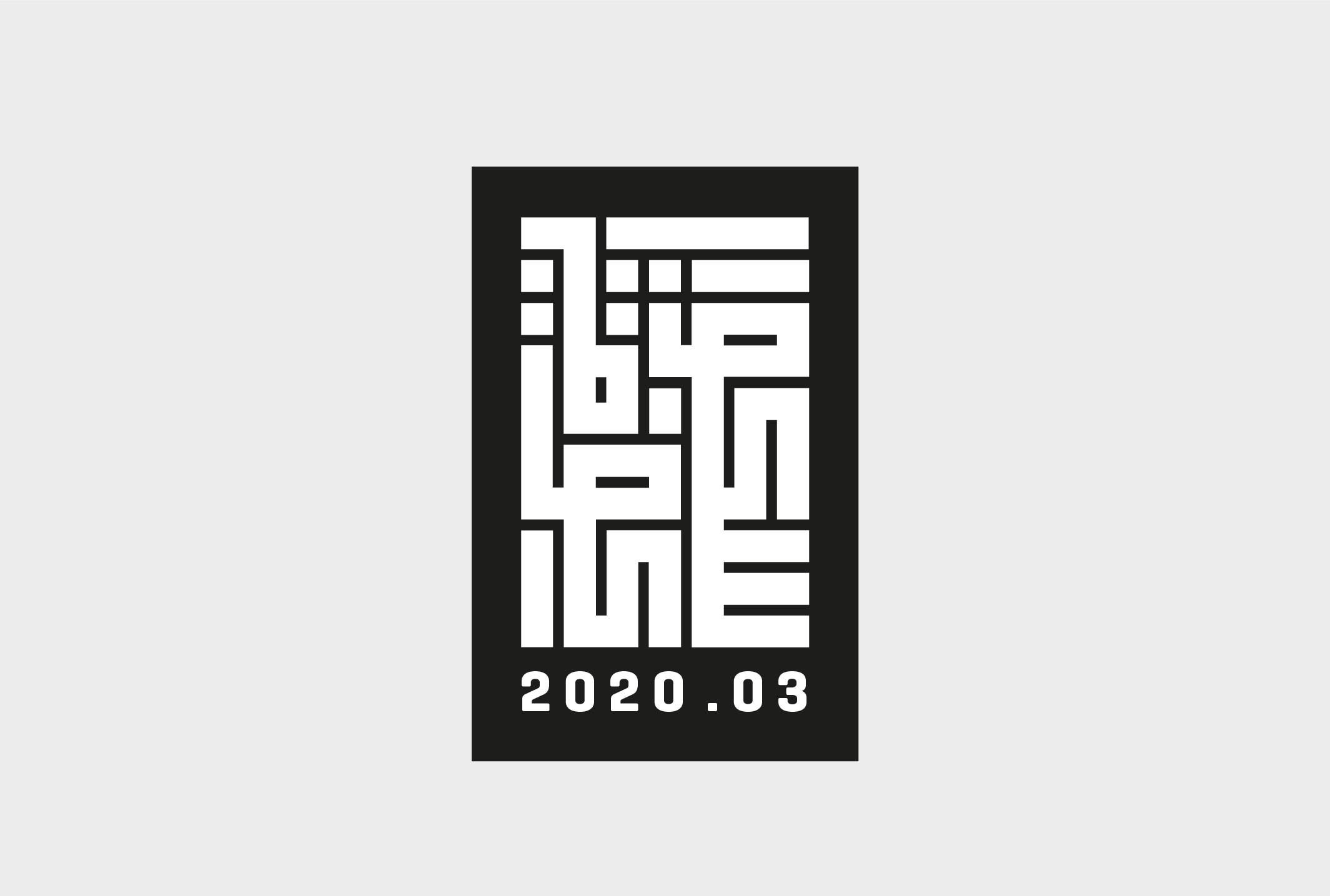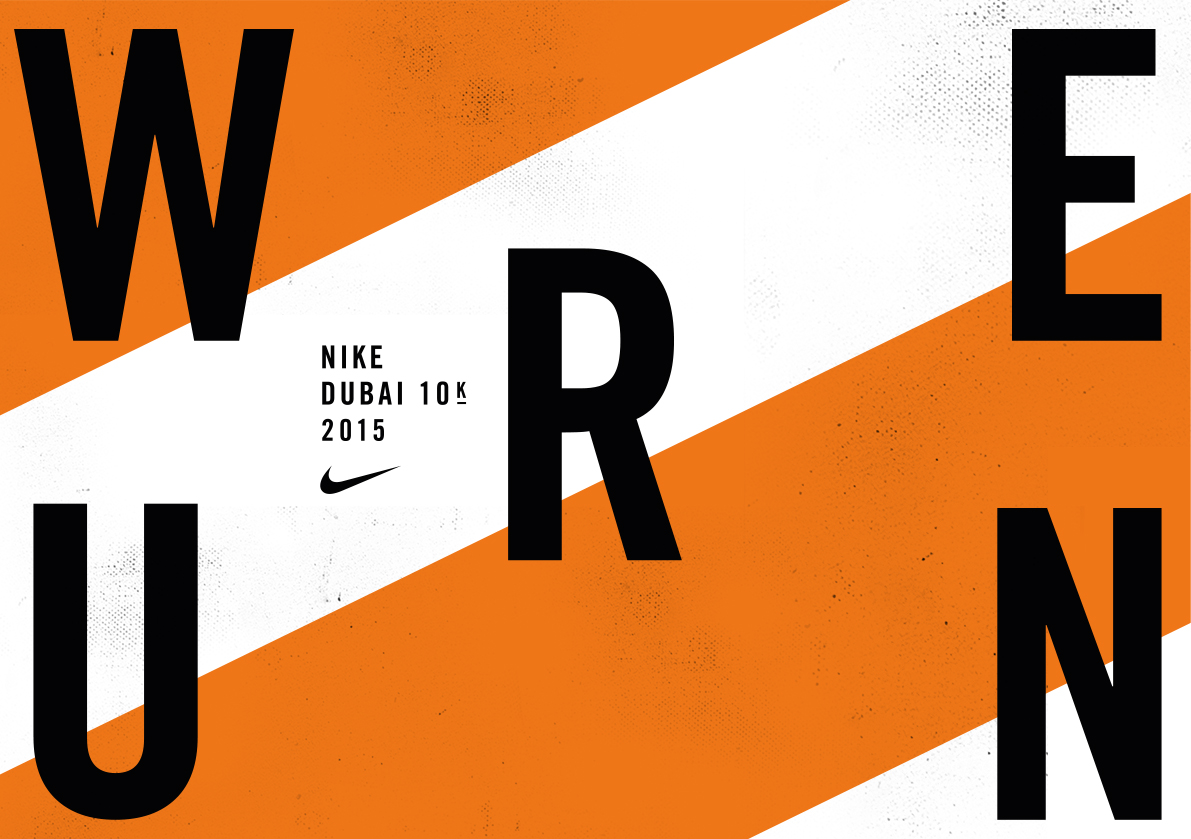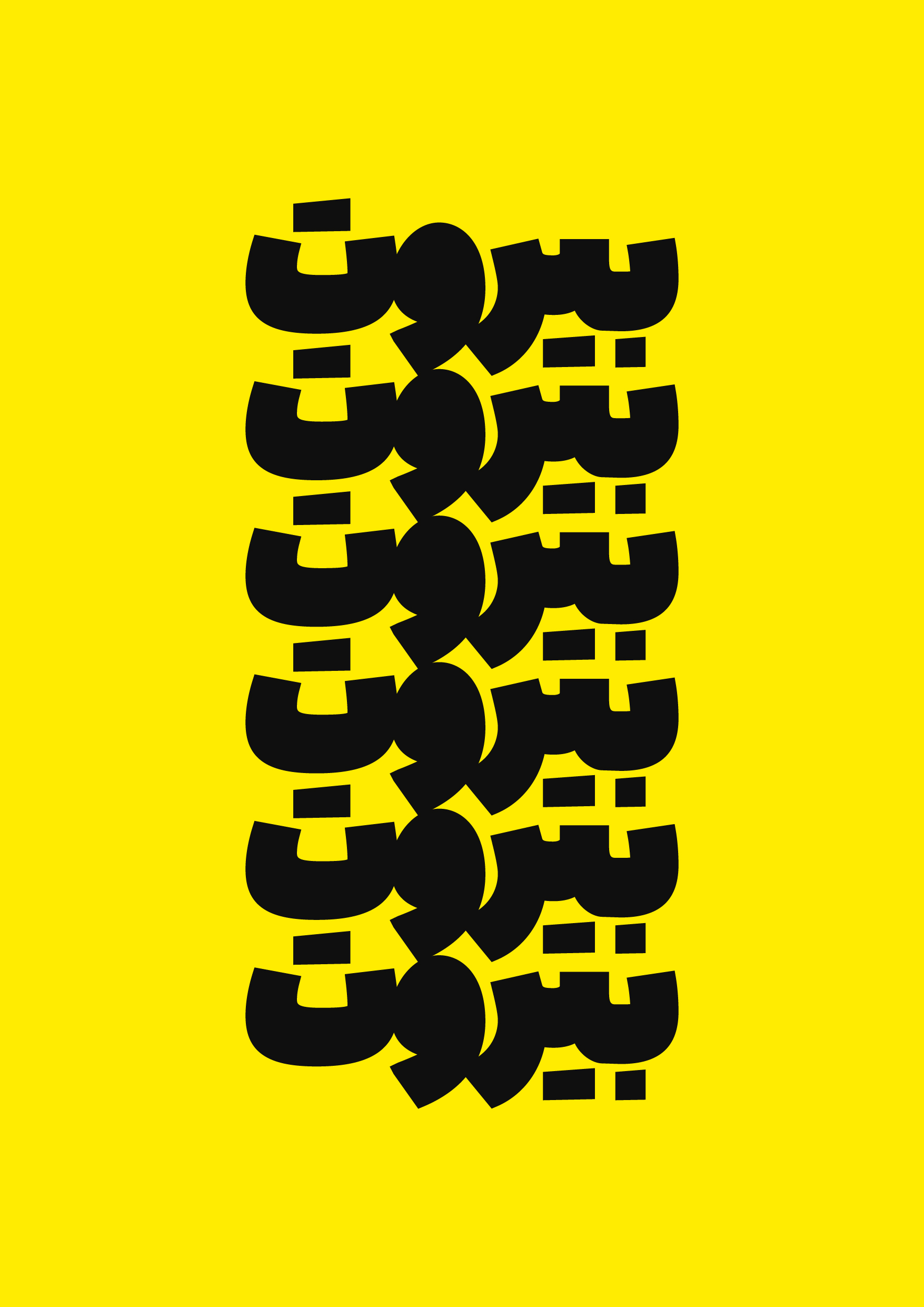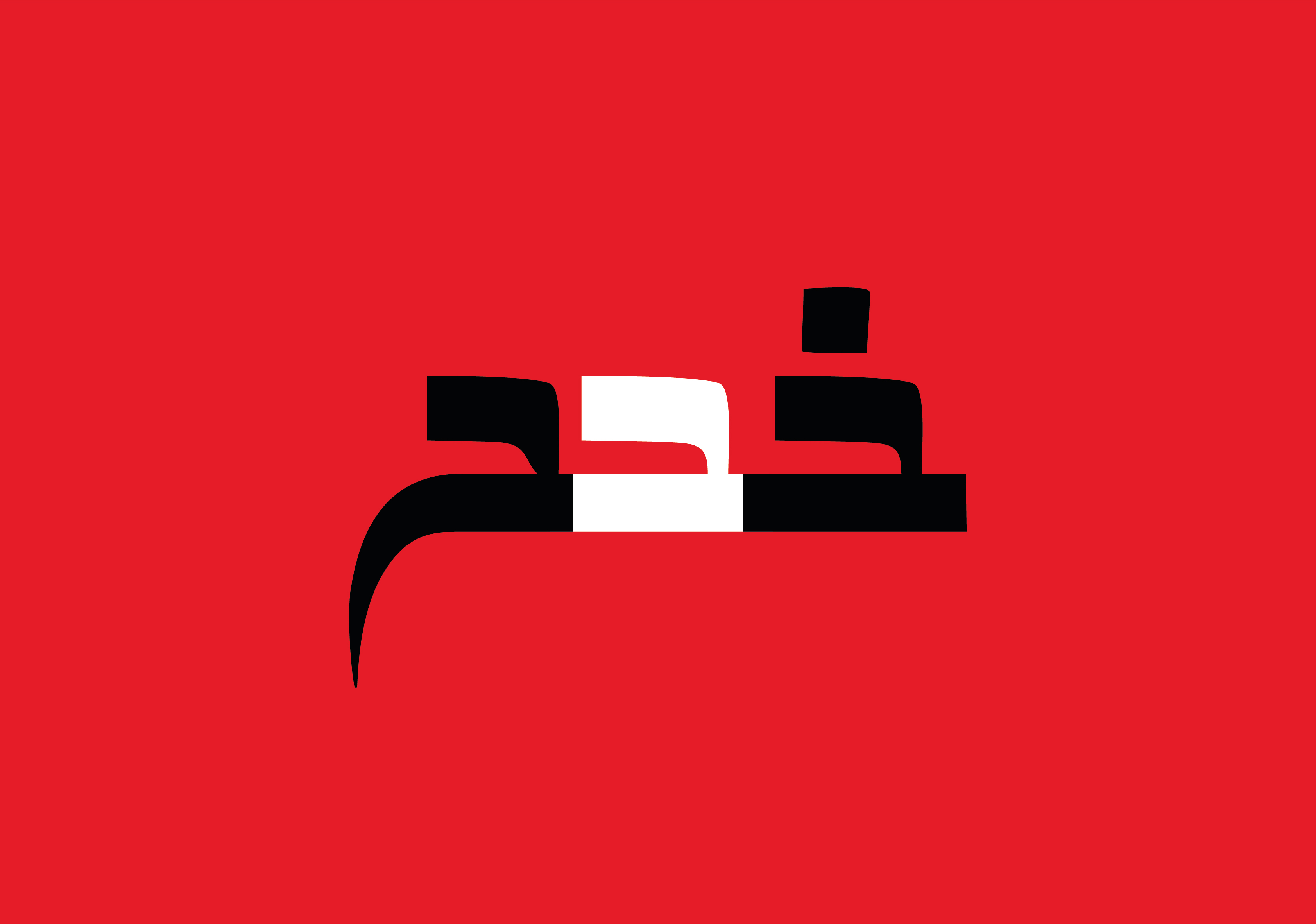StatelessHub brand strategy, visual identity, and website design
StatelessHub brand strategy, visual identity, and website design
StatelessHub brand strategy, visual identity, and website design
StatelessHub brand strategy, visual identity, and website design
StatelessHub brand strategy, visual identity, and website design
The Institute on Statelessness and Inclusion (ISI), in the Netherlands, a human rights NGO dedicated to working on statelessness at the global level, has uniquely placed to design a platform on which the work of all actors (activists, a wide variety of civil society groups, academics, lawyers and UN agencies and personal stories) can be shared to create a go-to place for comprehensive and reliable global information on statelessness. As a lead designer on this project, I created the brand strategy, visual identity, and website design.
Nationality is an essential part of the life of a child. It is part of his fundamental rights and his sense of belonging. Being denied the right to a nationality affect the children's well-being, their sense of identity and belonging and the enjoyment of other rights. Just a decade ago, in 2011, statelessness was described by Antonio Guterres – then the United Nations High Commissioner for Refugees – as “the most forgotten human rights problem in the world”.
As he explained, the lack of nationality can mean that stateless people are not ‘seen’ by governments and that they are forced to live in limbo, on the margins of society. Now that this awareness and interest have been raised, the new challenge is: How to unlock access to all the knowledge, tools, and resources that are becoming available?
Website link: https://www.main-bvxea6i-dwlhyk7sttfjy.uk-1.platformsh.site/
The Institute on Statelessness and Inclusion (ISI), in the Netherlands, a human rights NGO dedicated to working on statelessness at the global level, has uniquely placed to design a platform on which the work of all actors (activists, a wide variety of civil society groups, academics, lawyers and UN agencies and personal stories) can be shared to create a go-to place for comprehensive and reliable global information on statelessness. As a lead designer on this project, I created the brand strategy, visual identity, and website design.
Nationality is an essential part of the life of a child. It is part of his fundamental rights and his sense of belonging. Being denied the right to a nationality affect the children's well-being, their sense of identity and belonging and the enjoyment of other rights. Just a decade ago, in 2011, statelessness was described by Antonio Guterres – then the United Nations High Commissioner for Refugees – as “the most forgotten human rights problem in the world”.
As he explained, the lack of nationality can mean that stateless people are not ‘seen’ by governments and that they are forced to live in limbo, on the margins of society. Now that this awareness and interest have been raised, the new challenge is: How to unlock access to all the knowledge, tools, and resources that are becoming available?
Website link: https://www.main-bvxea6i-dwlhyk7sttfjy.uk-1.platformsh.site/
The Institute on Statelessness and Inclusion (ISI), in the Netherlands, a human rights NGO dedicated to working on statelessness at the global level, has uniquely placed to design a platform on which the work of all actors (activists, a wide variety of civil society groups, academics, lawyers and UN agencies and personal stories) can be shared to create a go-to place for comprehensive and reliable global information on statelessness. As a lead designer on this project, I created the brand strategy, visual identity, and website design.
Nationality is an essential part of the life of a child. It is part of his fundamental rights and his sense of belonging. Being denied the right to a nationality affect the children's well-being, their sense of identity and belonging and the enjoyment of other rights. Just a decade ago, in 2011, statelessness was described by Antonio Guterres – then the United Nations High Commissioner for Refugees – as “the most forgotten human rights problem in the world”.
As he explained, the lack of nationality can mean that stateless people are not ‘seen’ by governments and that they are forced to live in limbo, on the margins of society. Now that this awareness and interest have been raised, the new challenge is: How to unlock access to all the knowledge, tools, and resources that are becoming available?
Website link: https://www.main-bvxea6i-dwlhyk7sttfjy.uk-1.platformsh.site/
The Institute on Statelessness and Inclusion (ISI), in the Netherlands, a human rights NGO dedicated to working on statelessness at the global level, has uniquely placed to design a platform on which the work of all actors (activists, a wide variety of civil society groups, academics, lawyers and UN agencies and personal stories) can be shared to create a go-to place for comprehensive and reliable global information on statelessness. As a lead designer on this project, I created the brand strategy, visual identity, and website design.
Nationality is an essential part of the life of a child. It is part of his fundamental rights and his sense of belonging. Being denied the right to a nationality affect the children's well-being, their sense of identity and belonging and the enjoyment of other rights. Just a decade ago, in 2011, statelessness was described by Antonio Guterres – then the United Nations High Commissioner for Refugees – as “the most forgotten human rights problem in the world”.
As he explained, the lack of nationality can mean that stateless people are not ‘seen’ by governments and that they are forced to live in limbo, on the margins of society. Now that this awareness and interest have been raised, the new challenge is: How to unlock access to all the knowledge, tools, and resources that are becoming available?
Website link: https://www.main-bvxea6i-dwlhyk7sttfjy.uk-1.platformsh.site/
The Institute on Statelessness and Inclusion (ISI), in the Netherlands, a human rights NGO dedicated to working on statelessness at the global level, has uniquely placed to design a platform on which the work of all actors (activists, a wide variety of civil society groups, academics, lawyers and UN agencies and personal stories) can be shared to create a go-to place for comprehensive and reliable global information on statelessness. As a lead designer on this project, I created the brand strategy, visual identity, and website design.
Nationality is an essential part of the life of a child. It is part of his fundamental rights and his sense of belonging. Being denied the right to a nationality affect the children's well-being, their sense of identity and belonging and the enjoyment of other rights. Just a decade ago, in 2011, statelessness was described by Antonio Guterres – then the United Nations High Commissioner for Refugees – as “the most forgotten human rights problem in the world”.
As he explained, the lack of nationality can mean that stateless people are not ‘seen’ by governments and that they are forced to live in limbo, on the margins of society. Now that this awareness and interest have been raised, the new challenge is: How to unlock access to all the knowledge, tools, and resources that are becoming available?
Website link: https://www.main-bvxea6i-dwlhyk7sttfjy.uk-1.platformsh.site/
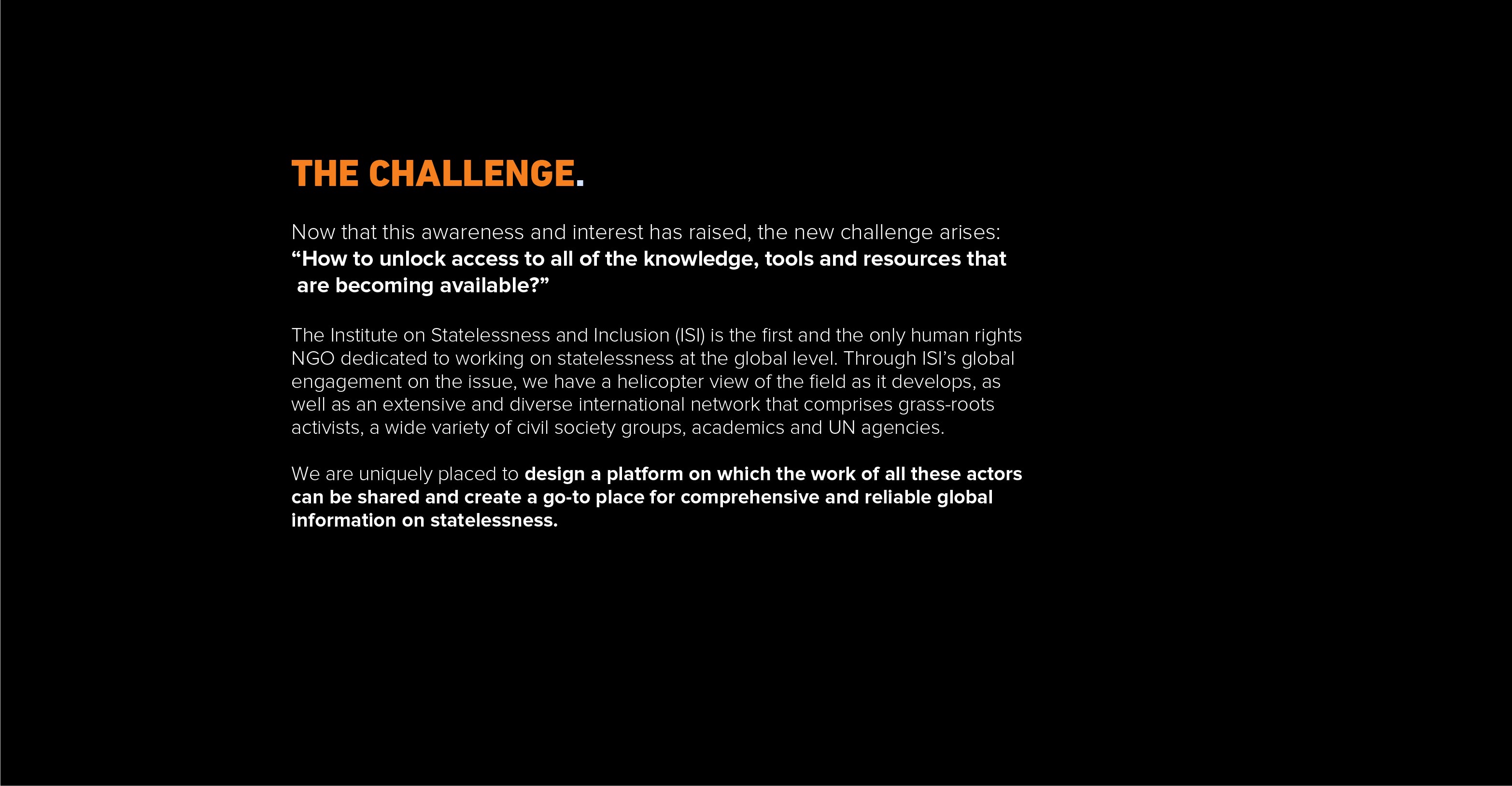
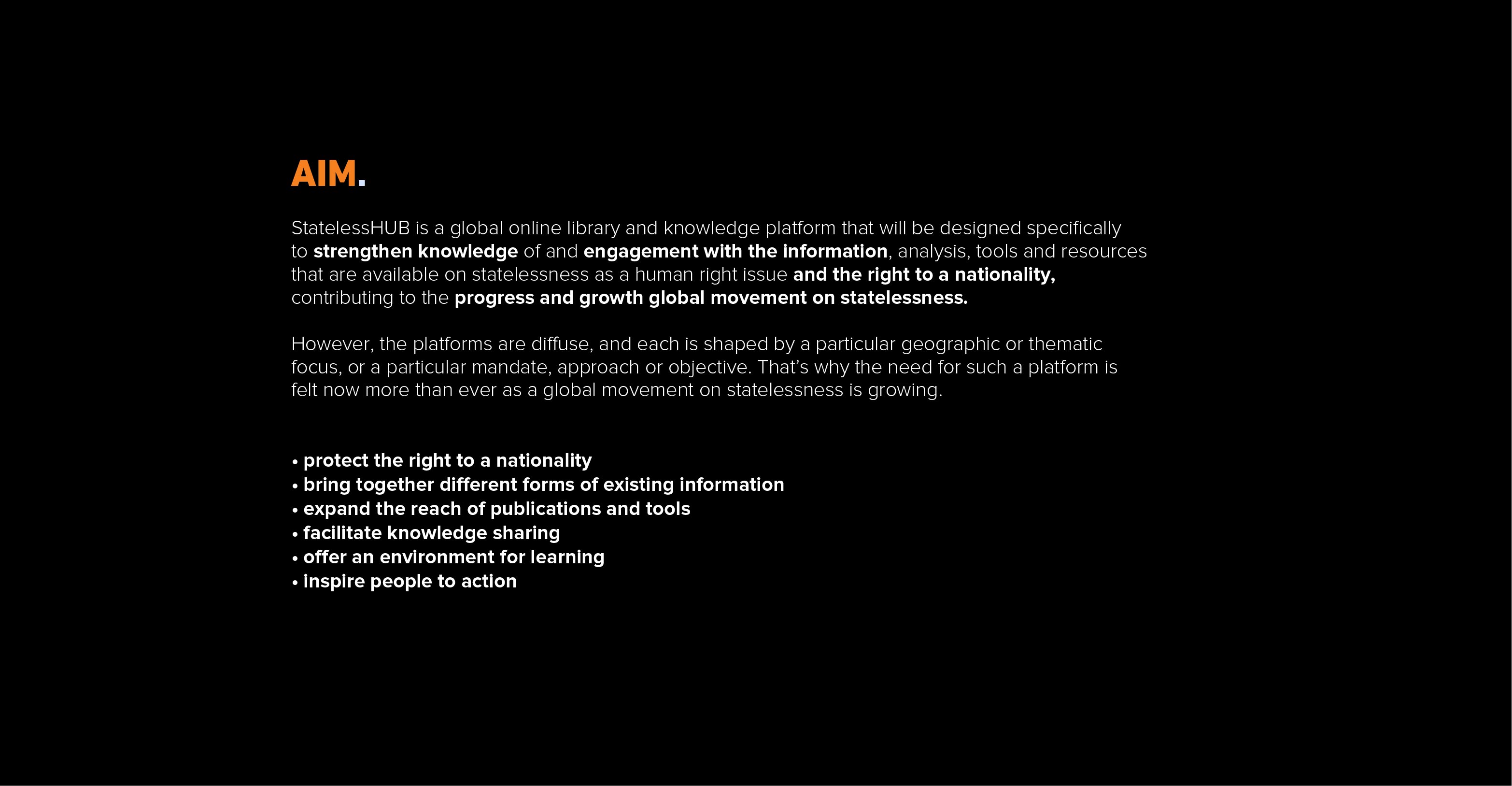
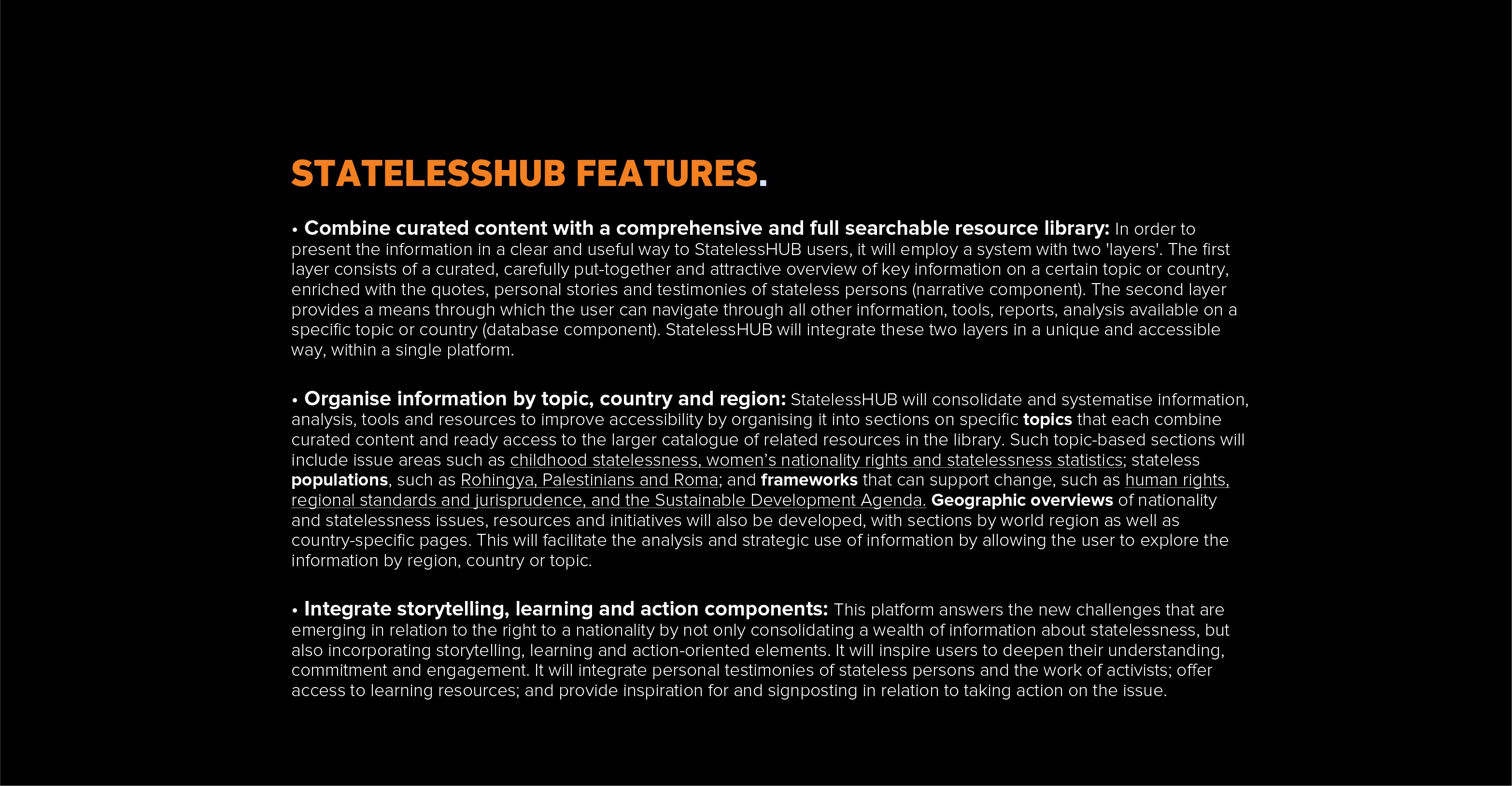
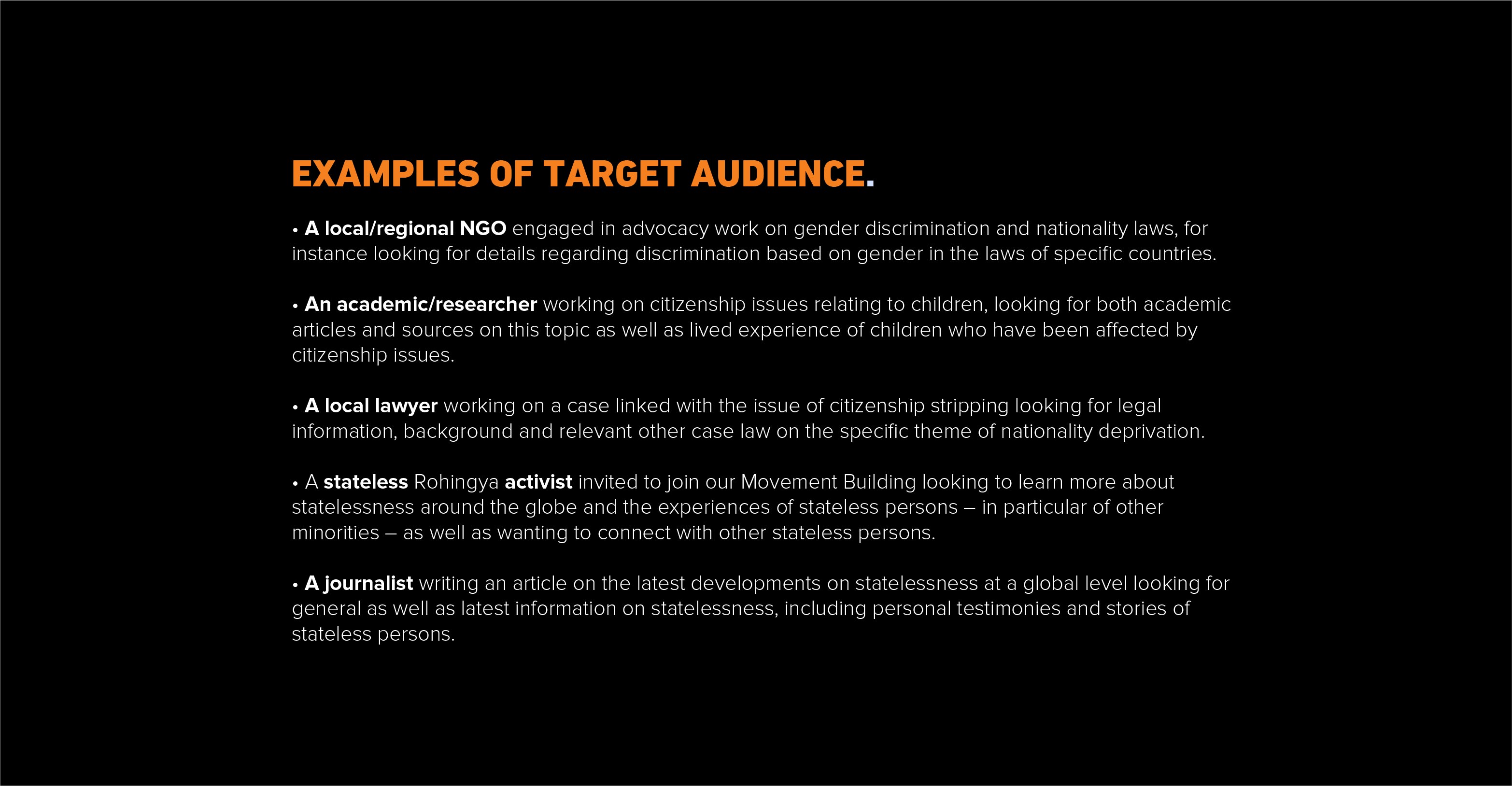
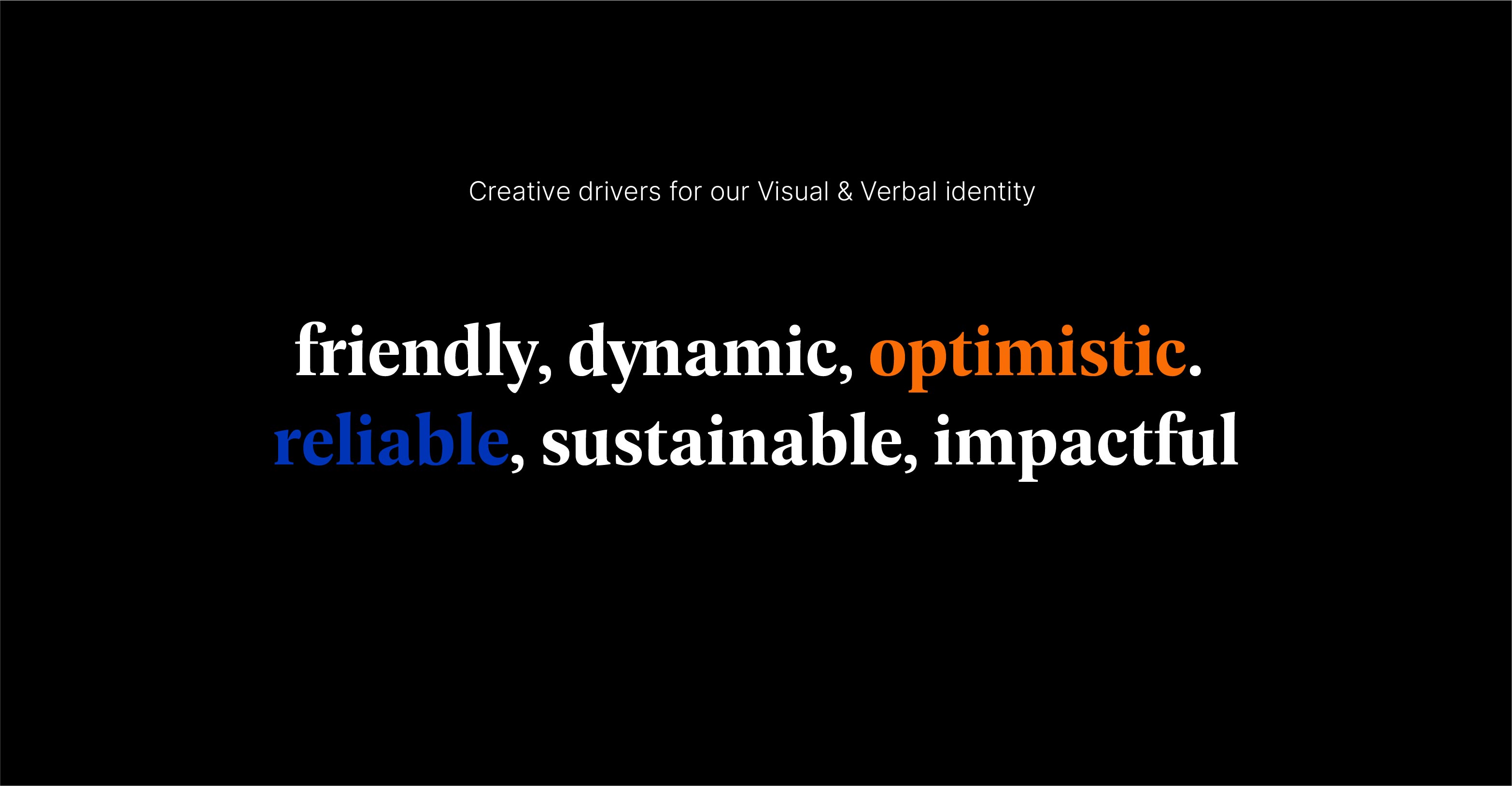
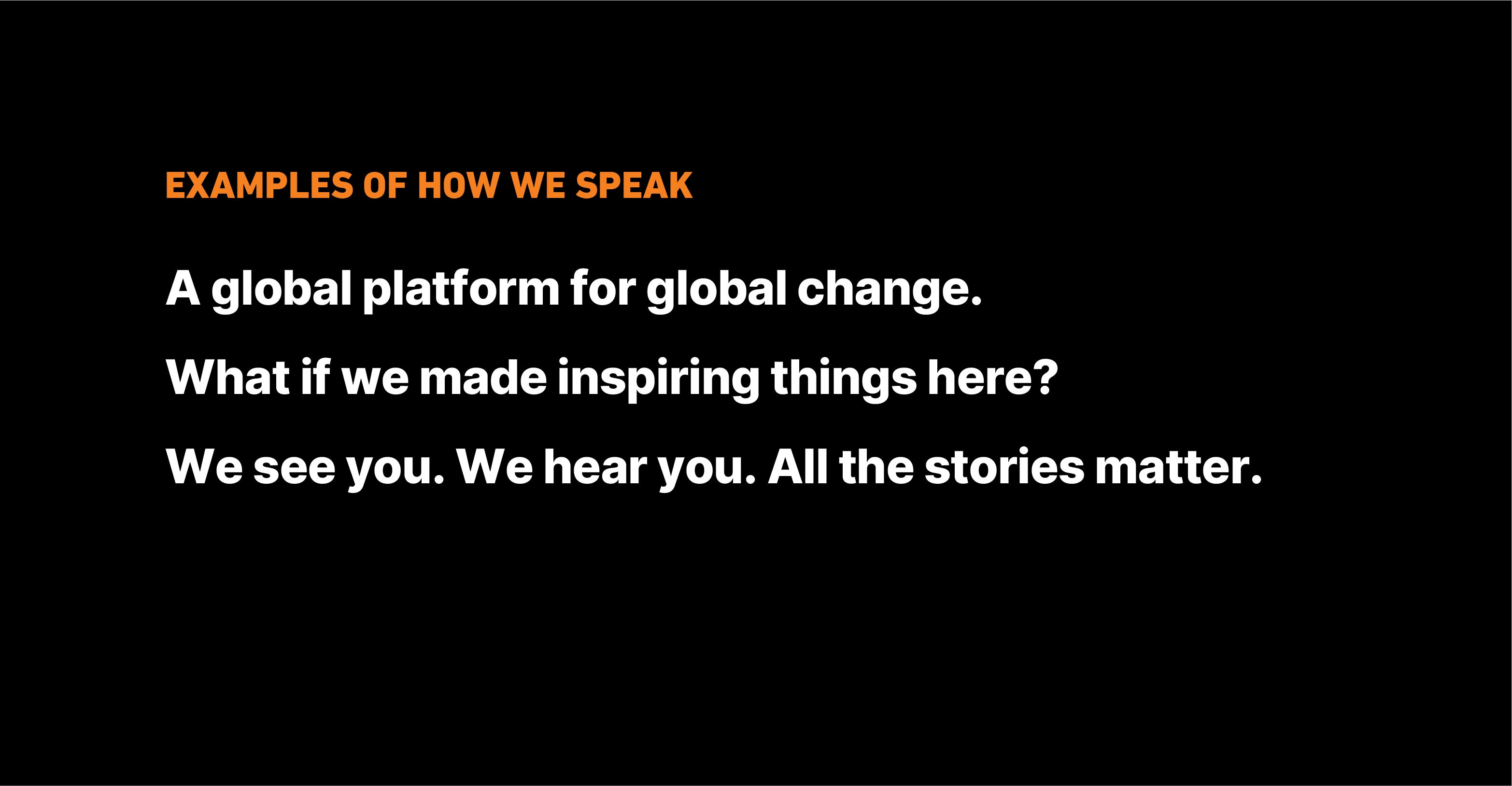
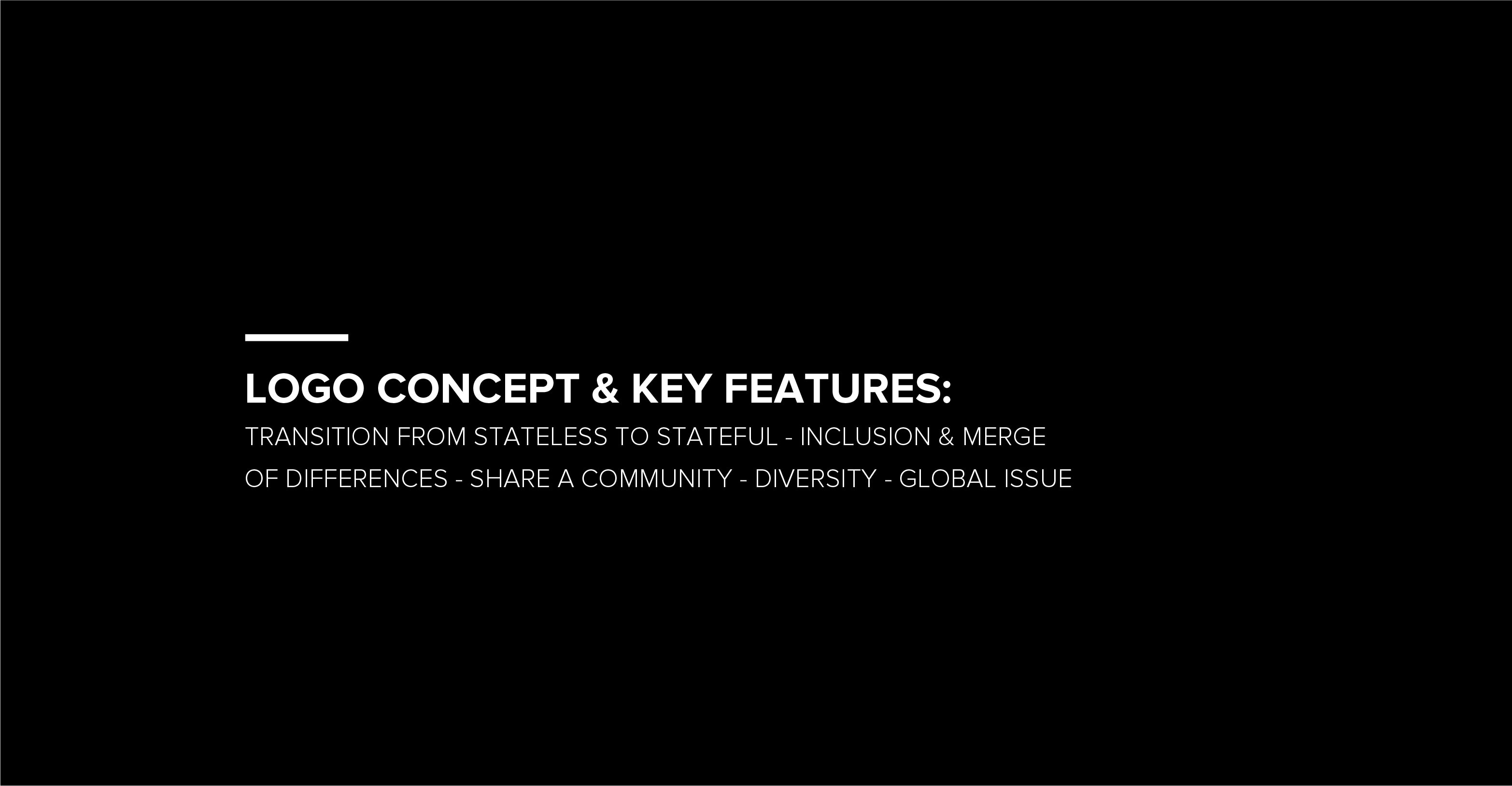


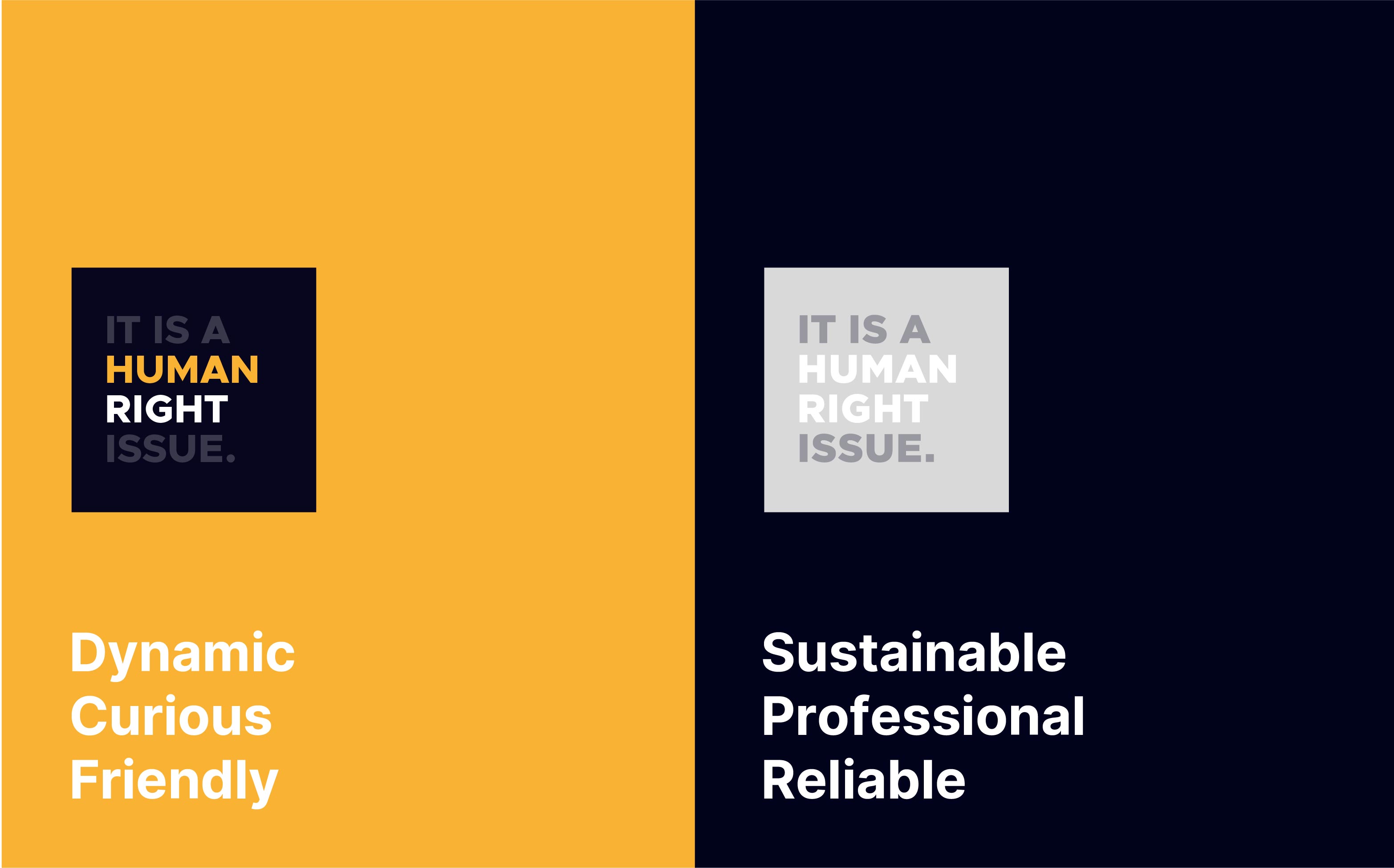
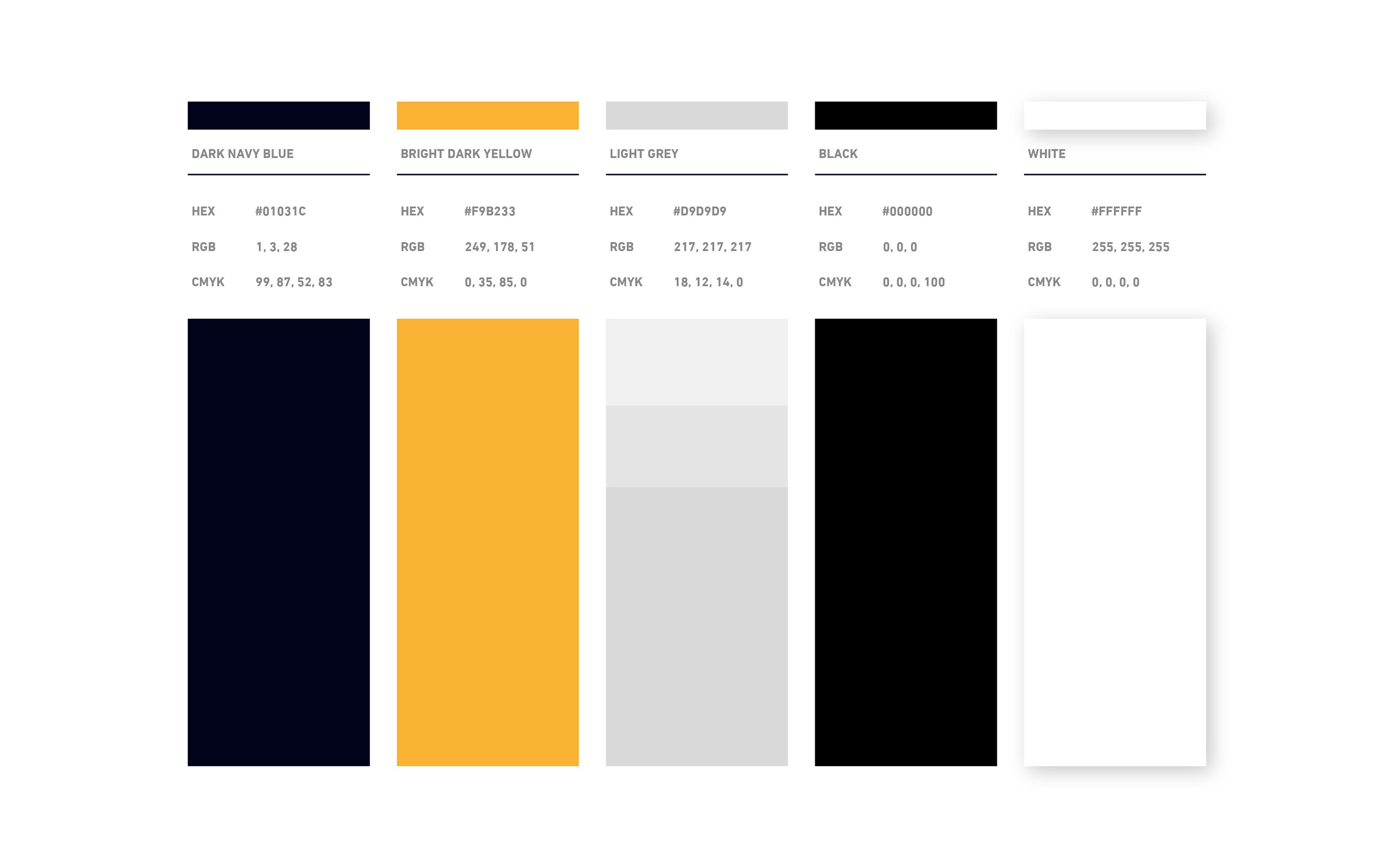
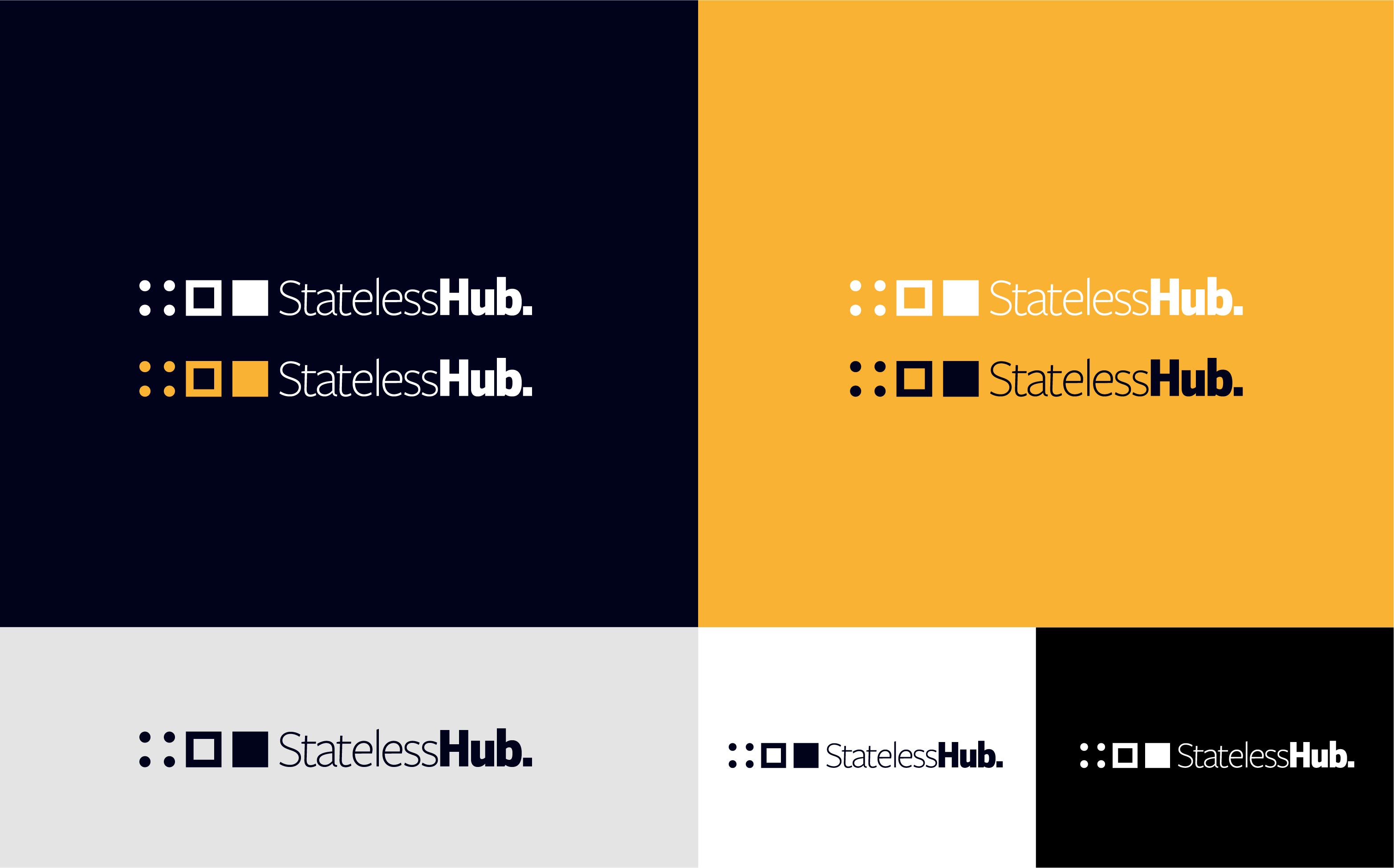
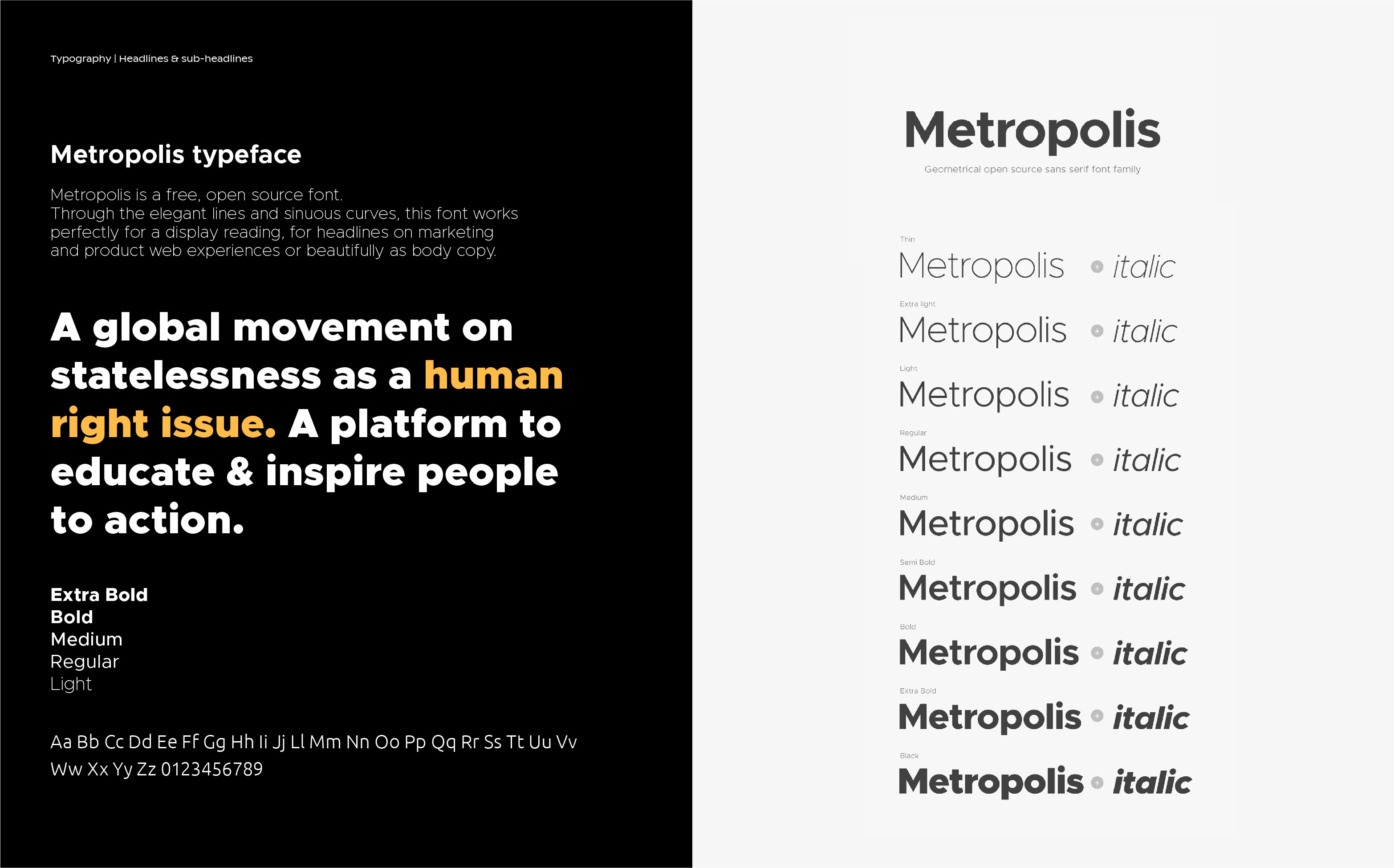
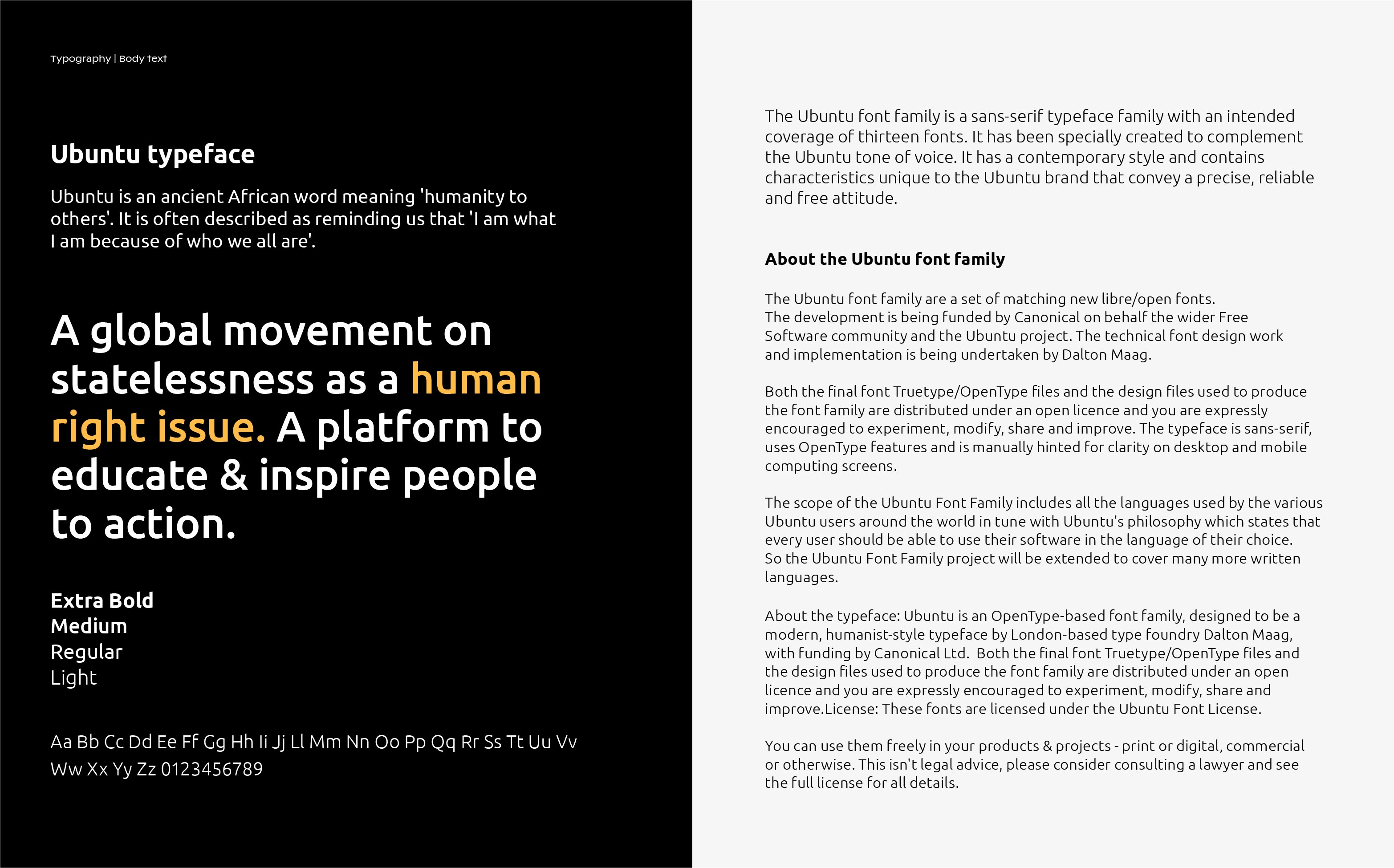



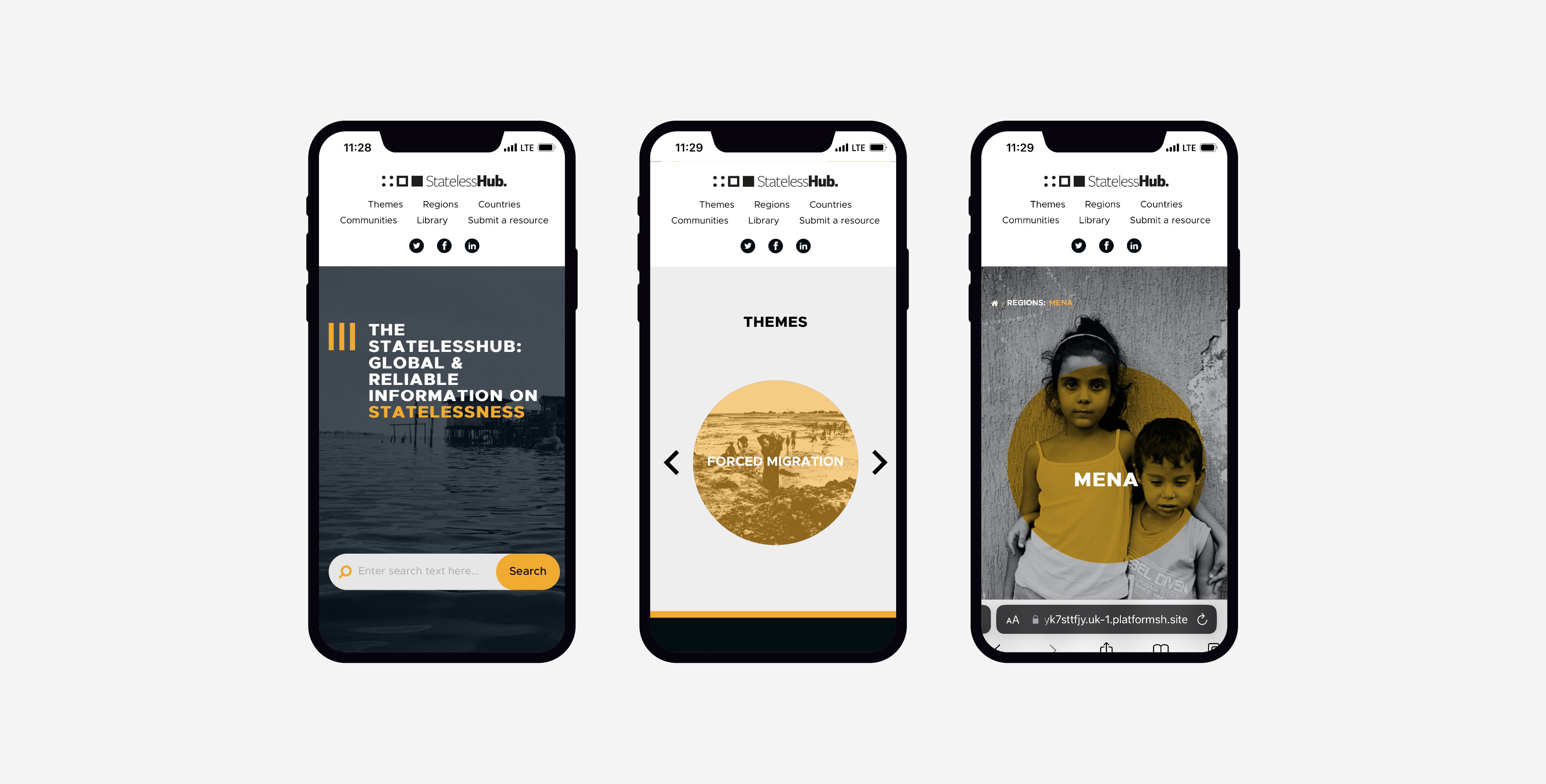
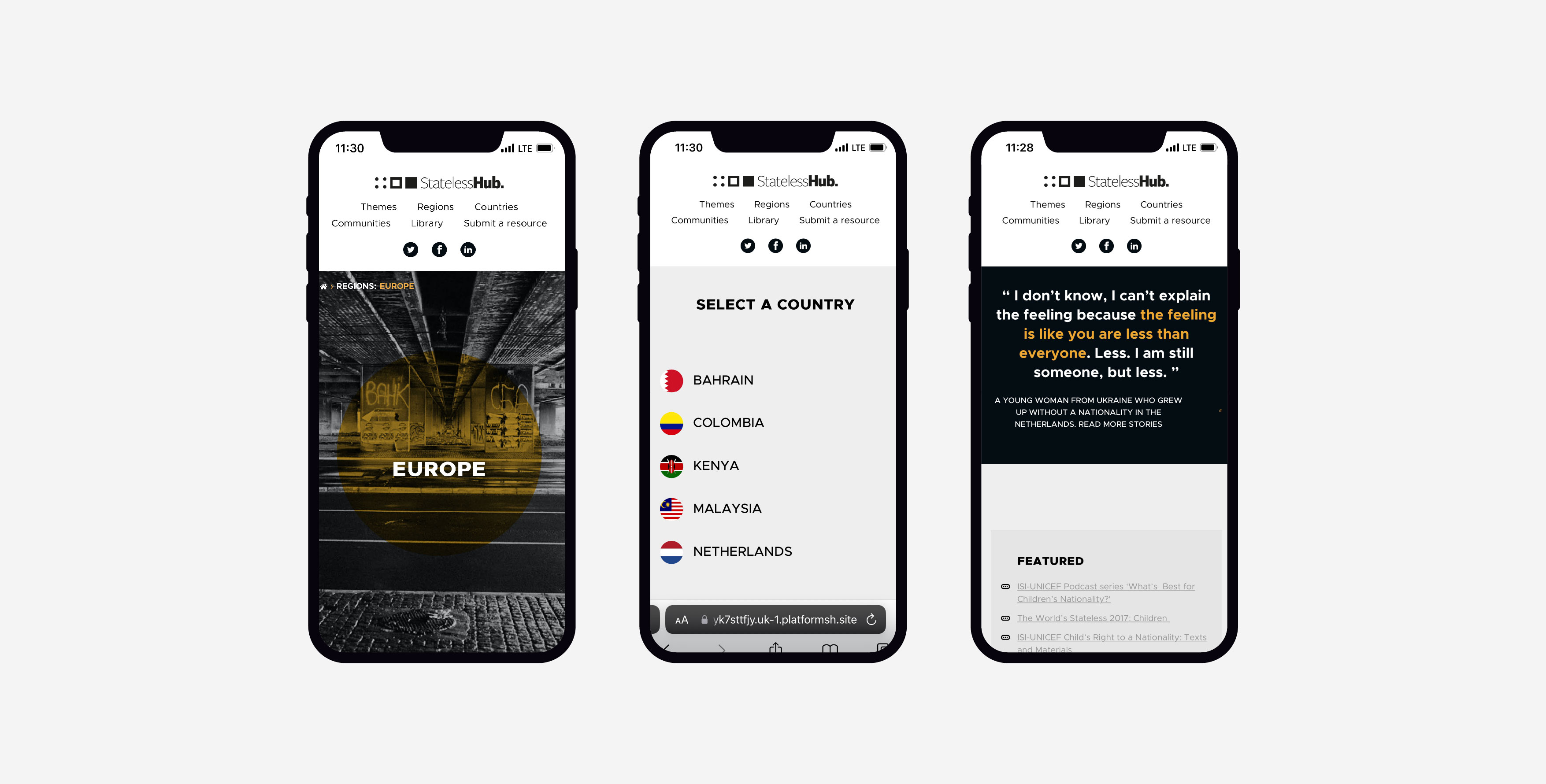
OTHER PROJECTS
© Salma Khalife 2017
